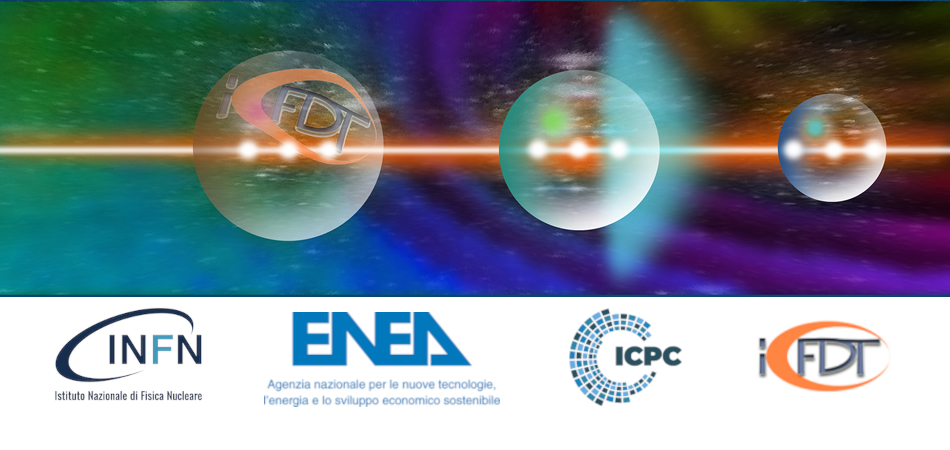Speaker
Description
One of the milestones to be achieved in the design of the bolometric diagnostics for the new Italian Divertor Tokamak Test (DTT) project [1] is the estimation of the radiated power for the start of the operation, i.e the so called Phase 1. Such an achievement has several implications, ranging from the scientific analysis and planning of the discharges between shots to the feedback protection of the machine. Indeed, real-time (RT) feedback control of the radiation pattern for prevention is both a delicate and important matter, for example in terms of mitigating and avoiding disruptions [2]. Therefore, a wise approach would be to monitor not only the total radiated power, but also that radiated from different regions of the device [3]. This contribution then focuses on showing the design of the main strategy regarding the estimation of the plasma radiation in two different steps: for RT control and for inter-shot analysis. The first approach (RT) is based on the estimation of the radiated power inside the first wall using specific lines of sight (LoS). Such estimates have been compared with those obtained from slower tomographic reconstructions of synthetic emissivity profiles (phantoms). Furthermore, a first design of the Region Of Interest (ROI) for a fast implementation of an already established macro-estimation of the radiated power in different locations of the main chamber is provided and the overall method is adapted for DTT. Finally, considering the actual planning of the DTT pulses, the second step of the design concerns the inter-shot data exploitation. Since tomographic reconstructions will most likely be available during an inter-shot basis, in combination with the knowledge of the geometry and the contribution of each voxel, and by considering the main outputs of the RT estimators in different regions of the device, it is planned to provide a more accurate estimate of the radiated power from different locations of the device for a better design and tuning of the discharges.
References
[1]F. Romanelli 2024 Nuclear Fusion. IOP Publishing on behalf of the IAEA
[2]G. Pucella et al. Nucl. Fusion 61 (2021) 046020 (12pp)
[3]R. Rossi et al. Matter Radiat. Extremes 8, 046903 (2023)

